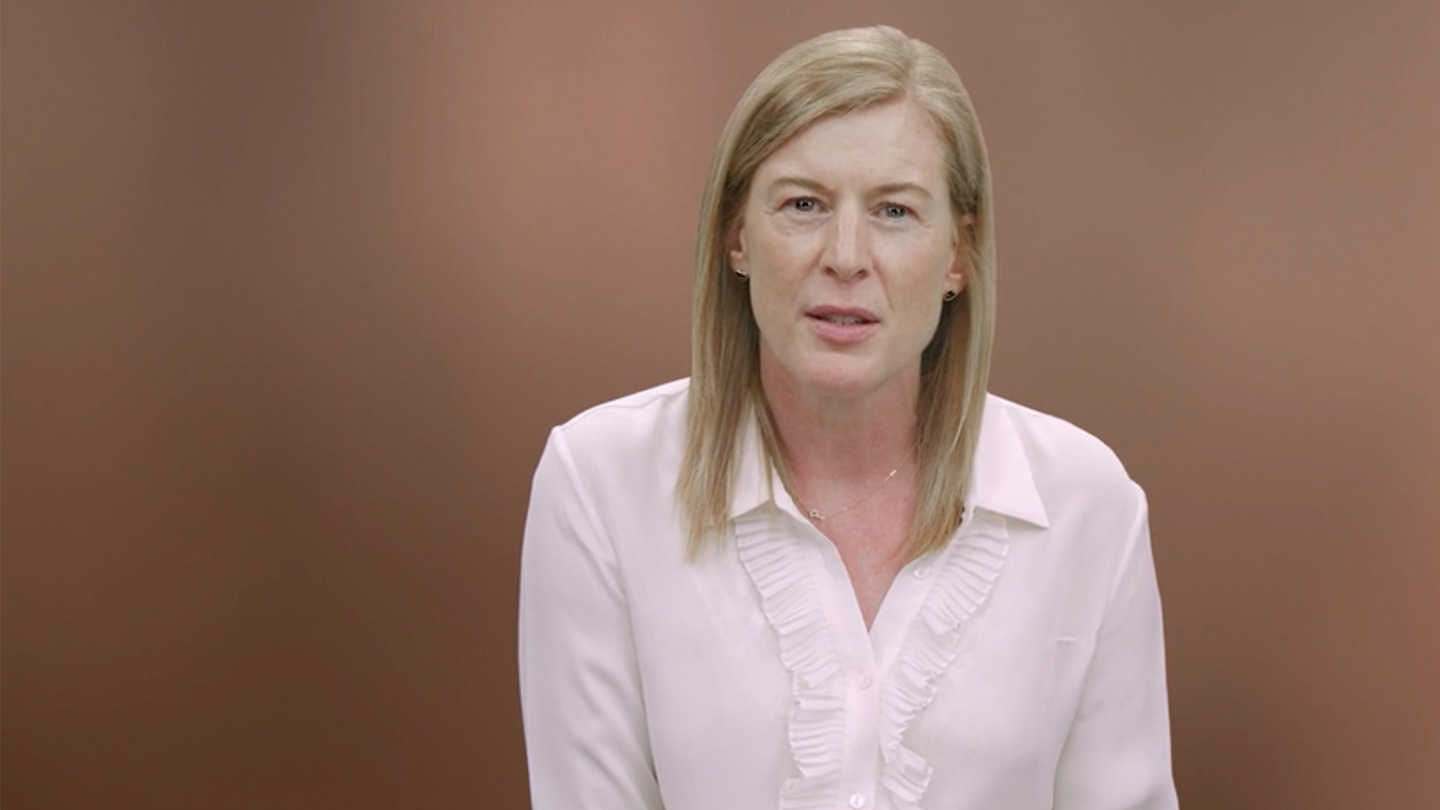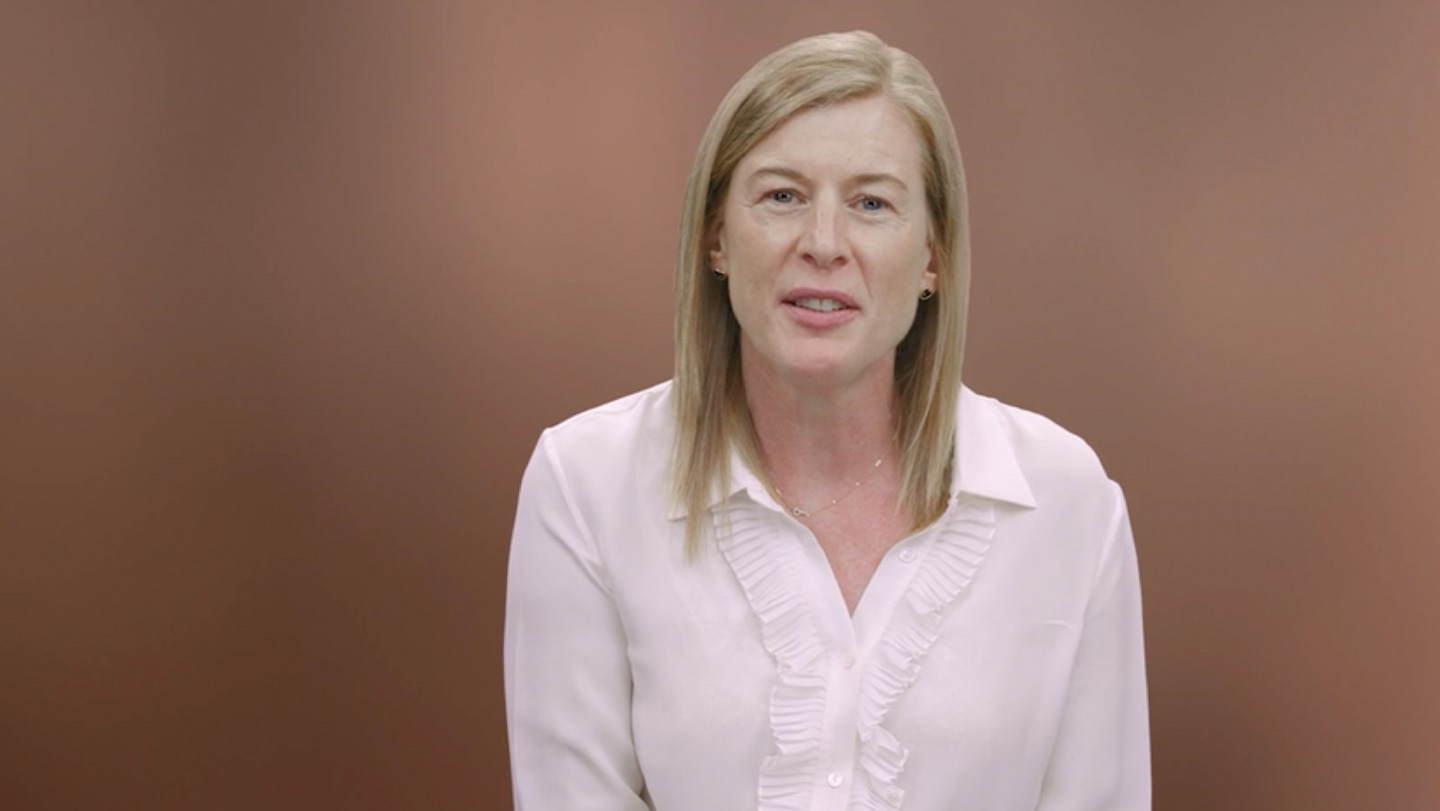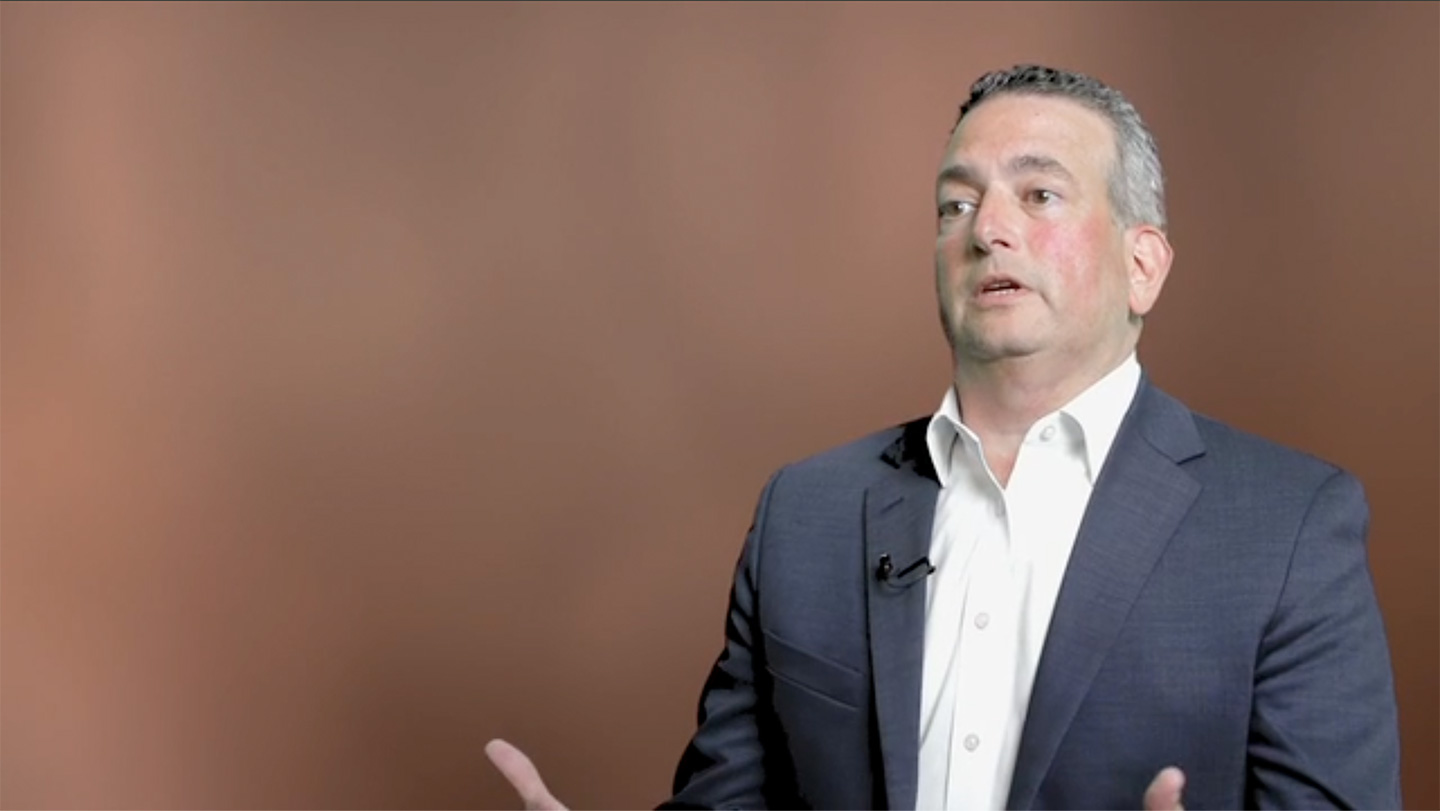
Key takeaways
- Private markets are expanding, offering diversification but requiring funds to assess their ability to manage liquidity and valuations.
- Consolidation is reshaping the super landscape, driving efficiency for some while prompting others to explore collaboration or differentiation.
- Digital and AI are transforming the industry, boosting efficiency, personalising member engagement and strengthening security.



Australia ranks 55th in global population, yet its retirement system, currently the world’s fourth largest with $4.3 trillion1 in assets, is projected to rank second largest by 20312. Today, 933 APRA-regulated funds manage more than twice the assets of a decade ago, even as the number of funds has dropped by one-third.
Consolidation has created scale and efficiency, but it has also brought new challenges — requiring funds to rethink how they manage investments, control costs, harness technology, and deliver outcomes for members.
Private markets are playing a growing role in diversification, with funds balancing long-term value against liquidity and valuation challenges. The shift from accumulation to decumulation is prompting tailored retirement solutions and enhanced member engagement.
Digital transformation and the integration of data and AI are accelerating across the industry, enabling more personalised member experiences, greater operational efficiency, and robust security. Regulatory changes are raising the bar for governance and resilience, with funds embedding ESG considerations and turning compliance into opportunity.
J.P. Morgan recently interviewed executives at some of Australia’s largest superannuation funds to understand how they are adapting to this evolving and increasingly competitive ecosystem—generating alpha, mitigating risk, managing liquidity, embracing digital transformation, and ensuring they can fulfil their obligations to members in a rapidly changing environment.
Australia’s superannuation system is projected to become world’s second largest in a decade
Consolidation in action: Fewer funds, growing assets
Australia’s superannuation sector is evolving, as consolidation reshapes competition and drives funds to reassess their operating models and value propositions. While the industry has long been characterised by a mix of mega-funds and specialist players, recent years have seen a marked acceleration in mergers, driven by the pursuit of scale, efficiency, and improved member outcomes. Not all funds, however, view consolidation in the same way.
For Australian Retirement Trust (ART), consolidation has been a catalyst for transformation. Andrew Fisher, Head of Investment Strategy, recalls the firm’s recent merger as “The first time we completed a merger from the inside, merging two businesses side-by-side before designing the best product set for the combined membership.” Rather than simply adopting one fund’s approach, ART examined every building block and asked how they could “do something better together.” The outcome was a suite of products and services that delivered stronger results for members, Fisher added.
As funds grow larger, so too does the complexity of liquidity and risk management. At AustralianSuper, this has led to the appointment of Chandu Bhindi as the fund’s first Chief Liquidity Officer, a reflection of how scale is bringing new responsibilities. “As one of the top 20 pension funds globally, our treasury team must be laser-focused on liquidity management, cash flow forecasting, and stress testing,” said Bhindi. “As we continue to grow, we’re building more sophisticated tools and models to ensure we can support future growth and remain resilient.”
HESTA illustrates how scale can be leveraged for both operational and member benefit. As Dianne Sandoval, Head of Portfolio Design, explains, scale has enabled the fund to selectively internalise strategies, broaden its opportunity set, negotiate lower fees, and accelerate the implementation of its Total Portfolio Approach. “Managing a larger, more complex fund has expanded our opportunity set and ability to deliver net-of-fee outcomes,” she said. “It has also amplified our member voice in policy advocacy, enabling constructive engagement with companies, regulators, and industry bodies.”
Cbus Super’s Chief Operating Officer Nancy Day agreed that size brings both benefits and challenges: “Scale matters and getting additional membership and scale has enabled us to reduce fees. Mergers bring complexity though, and we’ve learned how to take advantage of economies of scale sooner and avoid bringing in complexity.”
2024 Super consolidation in numbers
Others are more cautious. State Super’s CEO John Livanas notes that bigger isn’t always better. “If you’re a large fund, merging with a much smaller one, it doesn’t automatically make sense for your members.” Rather than more blanket mergers, new collaborative models tailored to fund structures and member needs are expected to emerge, added Livanas.
Vanguard, meanwhile, sees little impact. “Consolidation hasn’t impacted us a whole lot,” said Daniel Shrimski, Managing Director of Vanguard Australia. “Our focus is on encouraging Australians to be more engaged with their super—making active choices about the right fund. Only engaged Australians find themselves in Vanguard Super because they have to make an active decision to switch.”
Looking ahead, consolidation is also pushing funds to learn from international peers. “We’re actively seeking out global exemplars—whether pension providers, asset managers, or banks—to learn who sets the standard in areas like member engagement and customer service and how we can bring those lessons back to our own strategy,” added Fisher.
Asset allocation: Strategy and challenges
Navigating private markets
Super funds are refining their approach to private markets as they look for diversification and long-term value. Many are making targeted shifts, balancing new opportunities with the challenges of managing complex assets.
Aware Super has lifted its allocation to private markets to above 25%, which CIO Damian Graham describes as an “Ideal risk-reward ratio.” The fund has increased its exposure to battery storage, wind farms, solar, and digital infrastructure, and it has created Aware Real Estate to manage property more effectively.
Superannuation investment in private and unlisted assets
Graham explains that, to broaden their opportunity set and access a wider range of global investments, “We’ve also established an overseas office to build relationships and open up new investment possibilities.”
HESTA also maintains an allocation to unlisted assets supported by a younger member demographic and strong positive cash flows. Sandoval explained, “Allocating to private markets enhances diversification of growth exposure, provides another source of access to assets with revenues less directly linked to GDP and global trade, and may offer greater protection against inflation.”
In recent years, Cbus has been rebalancing its portfolio with a shift from unlisted property to unlisted infrastructure at the margin. CIO Leigh Gavin notes that even though property is lower today than recent years, the firm has continued to be active in the market and contrarian calls can still pay off: “Investing in retail property when others were exiting has done really well for our members.”
State Super, an early adopter of private markets, already allocates more than 20% of its portfolio to unlisted assets. Livanas expects this to grow but emphasised the importance of capability: “If you are going to hold a stake in an airport, a port, a water utility, or a shopping centre, these are businesses. Super funds need the skills to ask the right questions about how they’re run.”
Not all funds are taking the same approach, with Vanguard Super opting to remain focused on listed assets. “Liquidity and transparency remain key priorities for us, so our focus is on offering a simple, transparent, low-cost product,” said Shrimski.
Liquidity is a shared concern across the industry, with ART highlighting the pressure private equity exits and pricing can have on liquidity planning, as converting unlisted assets into cash depends on market timing and valuations.
At AustralianSuper, Bhindi explains his aim is to find a “goldilocks scenario” — where holding enough liquidity to meet cash flow needs, even in times of heightened market volatility, is balanced with the flexibility to invest when opportunities arise.
Fund size and member needs
Fund size and membership profile play a critical role in shaping investment strategies. Larger funds such as AustralianSuper and ART can access a broader range of opportunities, including more complex and illiquid assets. Fisher notes that ART is very conscious of its size, market footprint, and what successful investing looks like at scale.
For AustralianSuper, demographics are equally important. As Bhindi explains, “We have around 20% of our member assets invested in private markets of which infrastructure represents the lion’s share. Private assets are particularly well-suited to our member base, which remains in a significant growth and accumulation phase.” Mid-sized and niche Australian super funds such as HESTA compete by focusing where scale is not decisive. “We lean into sharper specialisation and fast decision cycles, deepen employer relationships, use partners to access private markets without incurring high fees, and selectively insource capabilities while outsourcing non-differentiating functions to keep costs low,” said Sandoval.
Regardless of size, funds agree that strategy must always connect back to member outcomes and portfolio requirements.
Funds are also balancing international positioning with local opportunities. ART’s Fisher points out: “Globally, we may be considered underweight but domestically we are one of the larger investors in private equity.” This reflects the need to remain competitive at home while staying aligned to global benchmarks.
In-house vs. outsourced investment management
As superannuation funds have grown, many have embraced a marked shift toward internalising central treasury and investment management functions to reduce costs and gain greater control over portfolio decisions. Aware Super, itself the product of a three-fund merger, has also gravitated toward a hybrid model. “We focus on blending external providers with internal capabilities in a sensible and sustainable way,” said Graham. He also highlighted how Aware Super now directly invests in about two-thirds of its infrastructure assets, which has helped lower costs and improve flexibility, while the fund does not heavily focus on internal management of certain asset classes like private equity.
For Cbus, the benefits of insourcing are tangible. The fund has saved over $1 billion in fees since 2017 and now leverages sophisticated risk management tools and transition management derivatives. Internal investment management has enabled HESTA “To improve net member returns by allowing for more value-adding strategies at a lower cost and to reduce overall cost structures,” according to Sandoval.
However, not all funds are moving in this direction. ART, for example, generally outsources investment management but selectively insources for specific risk-focused areas. Fisher explained, “We manage liquidity, portfolio completion, and market risk internally—you can’t outsource risk. For these areas, we insource because we’re closer to the information and can manage the risk better.”
Ongoing industry consolidation has led APRA to suggest a $30 billion minimum fund size, reinforcing the trend toward greater internalisation, strategic use of external partners, and building in-house expertise to manage costs, risks, and opportunities.
“We manage liquidity, portfolio completion, and market risk internally—you can’t outsource risk. For these areas, we insource because we’re closer to the information and can manage the risk better.”

Andrew Fisher
Head of Investment Strategy, Australian Retirement Trust
Supporting members in retirement
The shift from accumulation to decumulation has become a major focus for super funds since the 2022 Retirement Income Covenant. The covenant requires funds to help members achieve better retirement outcomes, which means tailoring approaches to the age and needs of their membership.
For funds with older member bases, like ART, the focus is on income delivery and simplifying the transition to retirement. Aware Super separates workers and retirees into different asset pools, using strategies to reduce risk for retirees and considering annuities, though uptake is still limited. State Super faces the challenge of lump-sum withdrawals and negative cash flow, with its Defined Contribution fund using risk management tools, while its Defined Benefit fund maintains a more aggressive stance until 2040. Funds with younger memberships, such as Vanguard and AustralianSuper, emphasise digital tools, advice, and private assets, while preparing for a shift toward more defensive investments as members age.
At the same time, funds are grappling with the realities of how members experience retirement. “Often, the average Cbus member doesn’t realise they’ve retired—many stop and start work several times into their 70s,” said Gavin. Supporting those with smaller balances before pension eligibility is a growing priority.
Liquidity is another pressing concern as funds prepare for greater retirement outflows. “The challenge for us is to really strike that right balance on the quantum and types of liquidity to ensure we meet obligations while also creating flexibility to invest when we see opportunities,” explained Bhindi from AustralianSuper. “Stress testing and liquidity buffers are key mechanisms that will guide this, and the work we are doing now will help us to navigate future changes in cash flow profile.”
Ultimately, the decumulation challenge is not just about investment strategies but also about communication and advice. Helping members understand their options, while managing liquidity and risks, will be critical to delivering sustainable retirement outcomes.
Adapting to regulatory changes
Superannuation funds face increased regulatory scrutiny, with APRA’s new CPS 230 standard on operational risk and stricter oversight of performance and ESG (Environmental, Social and Governance) claims reshaping governance, resilience, and risk management. Regulators have made it clear that boards and executives will be held to higher standards of accountability, pushing funds to strengthen their operating models while keeping member outcomes at the centre.
For many funds, these changes are seen as positive but not without trade-offs. Day from Cbus is supportive of reforms such as CPS 230 that support long-term investing and capability but highlighted regulation must not distract boards and executives from serving members. “Ultimately, it’s about the real impact of these changes and as a profit-for-member fund, we always keep costs and member outcomes in mind,” she added.
Others highlight the advantage of starting fresh. Vanguard Super, for instance, was built with regulation in mind. Shrimski explains that by learning from the industry about “What was working well, what wasn’t, and where we had a competitive advantage,” Vanguard is well placed to adapt as standards evolve.
“Ultimately, it’s about the real impact of these changes and as a profit-for-member fund, we always keep costs and member outcomes in mind.”

Nancy Day
Chief Operating Officer, Cbus Super
Regulation is also reinforcing the importance of ESG integration. Gavin believes engagement is better than divestment, adding that working with companies is more effective than selling to investors who do not share the same concerns. “Our ESG investment process can’t operate in a vacuum—it has to be in sync with government policy,” he said. Graham echoes this view, describing ESG as something that must be embedded across the portfolio, from ownership to risk management, while also advocating for policy and societal change. Similarly, HESTA has a Responsible Investment Policy that incorporates ESG considerations into the mix.
As regulation continues to evolve, funds are striving to turn compliance into opportunity—embedding resilience, integrating ESG more deeply, and ensuring that members remain the ultimate beneficiaries of regulatory reform.
Harnessing data and digital tools
Digital transformation is accelerating across superannuation, as funds invest in new technology to improve member experience and strengthen efficiency. Upgrades in platforms and analytics are streamlining communication, enabling more personalised engagement, and reducing security risks. Day describes how platform improvements and analytics have simplified things “For members while boosting operational efficiency at the same time.”
At AustralianSuper, Bhindi sees AI as an increasingly useful tool for liquidity management, forecasting, and stress testing for the group’s 3.5 million members and it is a tool that will continue to evolve. Vanguard’s Shrimski adds that data-driven tools such as Future Forecast can help members anticipate retirement withdrawals, showing how AI and analytics can personalise engagement. HESTA’s Sandoval emphasised the importance of preparing for AI—initiating “Strategic sourcing of internal and external data with AI in mind and preparing for use-cases that have not been discovered yet,” in addition to focusing on data re-use and scalability.
Personalisation is also a priority for State Super. Livanas explained, “We analyse our data of member behaviour and situations so we can tailor our messages to individual members according to their circumstances and communicate with members using a variety of member engagement programs.” HESTA combines administrator data and its own internal Dataverse with ‘Ada Says’, a tool developed to create a personalised list of suggested actions for every member to help maximise retirement readiness.
As funds become more data-driven, security and trust are central concerns. Cbus emphasises the importance of secure platforms, while State Super has reinforced its approach by appointing an outsourced security officer.
The challenge ahead is to balance innovation with responsibility. While automation, data and AI promise major gains, funds must ensure privacy and security keep pace so that technology strengthens—rather than risks—member trust.
International Perspective: Sweden’s Första AP-fonden (AP1)
Australia’s superannuation sector is not alone in navigating rapid change - Sweden’s AP1, one of five funds ensuring stability in the Swedish national income pension system, is facing many of the same challenges and opportunities.
Kristin Magnusson Bernard, Chief Executive Officer from AP1, notes that most important learning in recent years has been “To look beyond asset classes to enhance portfolio performance in varying market and macro environments.” She emphasises that success depends on liquidity management, the ability to execute in all market conditions, and strong communication across teams and with the board. “Preserving stamina and continuous learning to maintain conscious risk-taking during turbulence,” she adds, has been one of the fund’s biggest challenges.
AP1’s moves to increase internal investment management has delivered significant benefits. Magnusson Bernard explains that it has “Improved net returns after costs considerably, both compared to peers and benchmarks,” and that the flexibility gained has enabled more dynamic portfolio management and a unified, cost-efficient operating model. She highlights that capitalising on internal management requires not only investment teams ready to shoulder more responsibility, but also an organisation that works as a single value chain.
On technology and data, Magnusson Bernard stresses that process improvement must come before automation: “Automating a flawed process only leads to increased complexity.” She believes fostering a culture of continuous improvement and sharing ideas across the organisation is critical to long-term success as AP1’s use of technology evolves.
Summary
Australia’s superannuation sector is entering a new era defined by scale, innovation, and member focus. As funds consolidate and adapt to a rapidly changing environment, they are rethinking investment strategies, embracing digital transformation, and prioritising operational resilience. The shift towards private markets, the growing importance of liquidity management, and the integration of data and AI are transforming how funds deliver value.
Increasingly, funds are also expanding their global reach—establishing overseas offices and building international relationships to access a broader range of investment opportunities and best practices. In this evolving landscape, the ability to balance growth, risk, and member outcomes remains at the heart of superannuation’s future.
References
APRA, Superannuation statistics June 2025
Contributors

Andrew Fisher
Head of Investment Strategy, Australian Retirement Trust

Chandu Bhindi
Chief Liquidity Officer, Australian Super

Damian Graham
Chief Investment Officer, Aware Super

Daniel Shrimski
Managing Director, Vanguard Australia

Dianne Sandoval
Head of Portfolio Design, HESTA

John Livanas
Chief Executive Officer, State Super

Kristin Magnusson Bernard
Chief Executive Officer, Första AP-fonden (AP1)

Leigh Gavin
Chief Investment Officer, Cbus Super

Nancy Day
Chief Operating Officer, Cbus Super
Related insights
-

Securities Services
How data, AI and digital transformation
November 27, 2024
-

Securities Services
The Future of Superannuation: Optimising Outcomes Through Global Investment and Unlisted Assets
June 28, 2023
-

Securities Services
The Future of Superannuation: A Shared Perspective
March 14, 2022
The products and services described in this document are offered by JPMorgan Chase Bank, N.A. or its affiliates subject to applicable laws and regulations and service terms. Not all products and services are available in all locations. Eligibility for particular products and services will be determined by JPMorgan Chase Bank, N.A. and/or its affiliates.
This document is provided for information only and is not intended as a recommendation or an offer or solicitation for the purchase or sale of any security or financial instrument. The opinions, estimates, strategies and views expressed in this publication constitute our views as of the date of this publication and are subject to change without notice. Any opinions expressed herein may differ from the opinions expressed by other areas of J.P. Morgan, including research. The information contained herein is as of the date of this publication and J.P. Morgan does not undertake any obligation to update such information. Any market prices, data or other information contained herein are not warranted as to completeness or accuracy and are subject to change without notice. This document does not purport to contain all of the information that an interested party may desire and provides only a limited view of a particular market, product and/or service. This document does not constitute advice by or on behalf of J.P. Morgan, and nothing in this document should be construed as legal, regulatory, tax, accounting, investment or other advice. No reliance should be placed on the information herein. The recipient must make an independent assessment of any legal, credit, tax, regulatory and accounting issues and determine with its own professional advisors any suitability or appropriateness implications and consequences of any transaction in the context of its particular circumstances. J.P. Morgan assumes no responsibility or liability whatsoever to any person in respect of such matters. Transactions involving securities and financial instruments mentioned herein may not be suitable for all investors.
J.P. Morgan is a marketing name for the Securities Services businesses of JPMorgan Chase Bank, N.A. and its affiliates worldwide. JPMorgan Chase Bank, N.A., organized under the laws of U.S.A. with limited ability, is regulated by the Office of the Comptroller of the Currency in the U.S.A., as well as the regulations of the countries in which it or its affiliates undertake regulated activities. For additional regulatory disclosures regarding J.P. Morgan entities, please consult: www.jpmorgan.com/pages/disclosures.
© 2025 JPMorgan Chase & Co. All Rights Reserved.